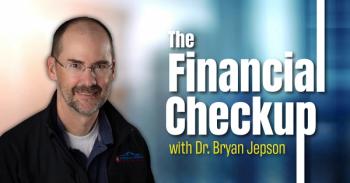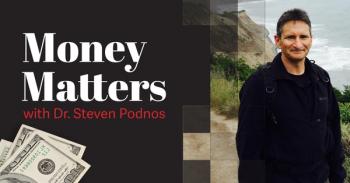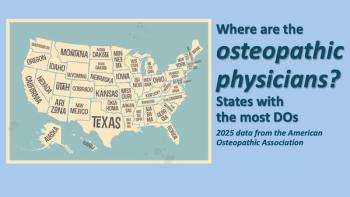
Fed raises interest rates 0.75%, more hikes likely
Nagging inflation is likely to force the Fed to raise the interest rates multiple times before the end of the year
The
The
The Fed has been increasing rates for seven consecutive months, and changing its target rate in the process. It originally considered 2.5% to be neutral - which the Fed defines as no longer easy but not yet restrictive. Bank officials signaled the intention of continuing to hike until the funds level hits an end point of 4.6% in 2023.
The Fed also said GDP growth will slow to 0.2% this year, increasing to 1.8% in following years, down from an estimate of 1.7% in June.
Bank officials hope that
Overall, the members of the Federal Reserve Board are in general looking at a rate of 4.5% to 4.75% for next year, with rate cuts in 2024 and 2025 to get back down to 2.9%.
The increase will affect much of the economy, pushing up rates for credit cards, home equity loans, and mortgages. Fixed 30-year mortgages have increased to 6.33% from 3.22% earlier this year. On the flip side, those with savings accounts will should see higher bank saving rates after years of near-zero returns.
Newsletter
Stay informed and empowered with Medical Economics enewsletter, delivering expert insights, financial strategies, practice management tips and technology trends — tailored for today’s physicians.


















